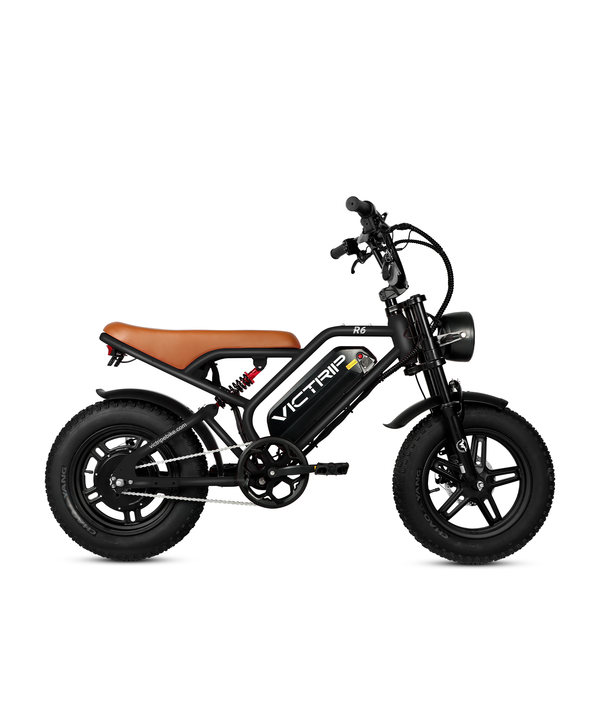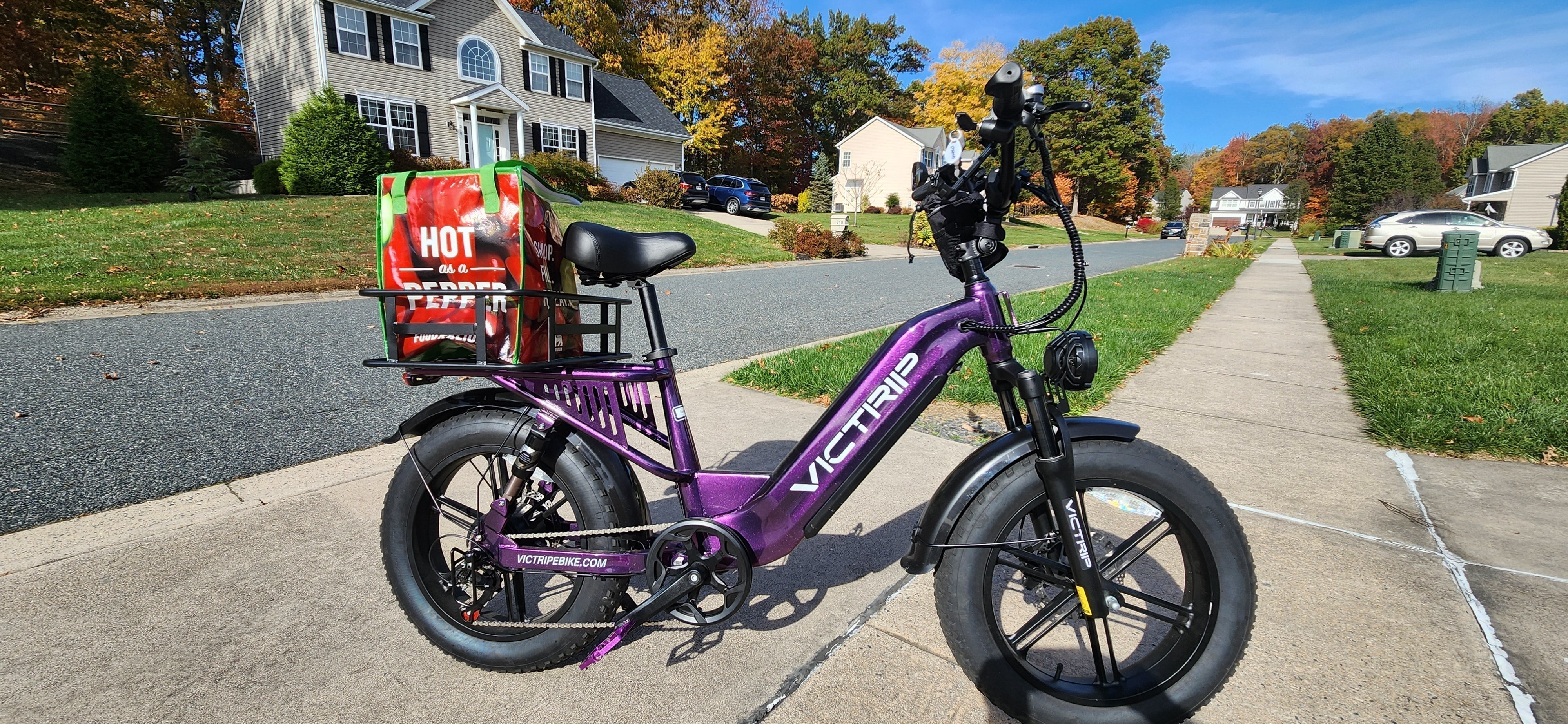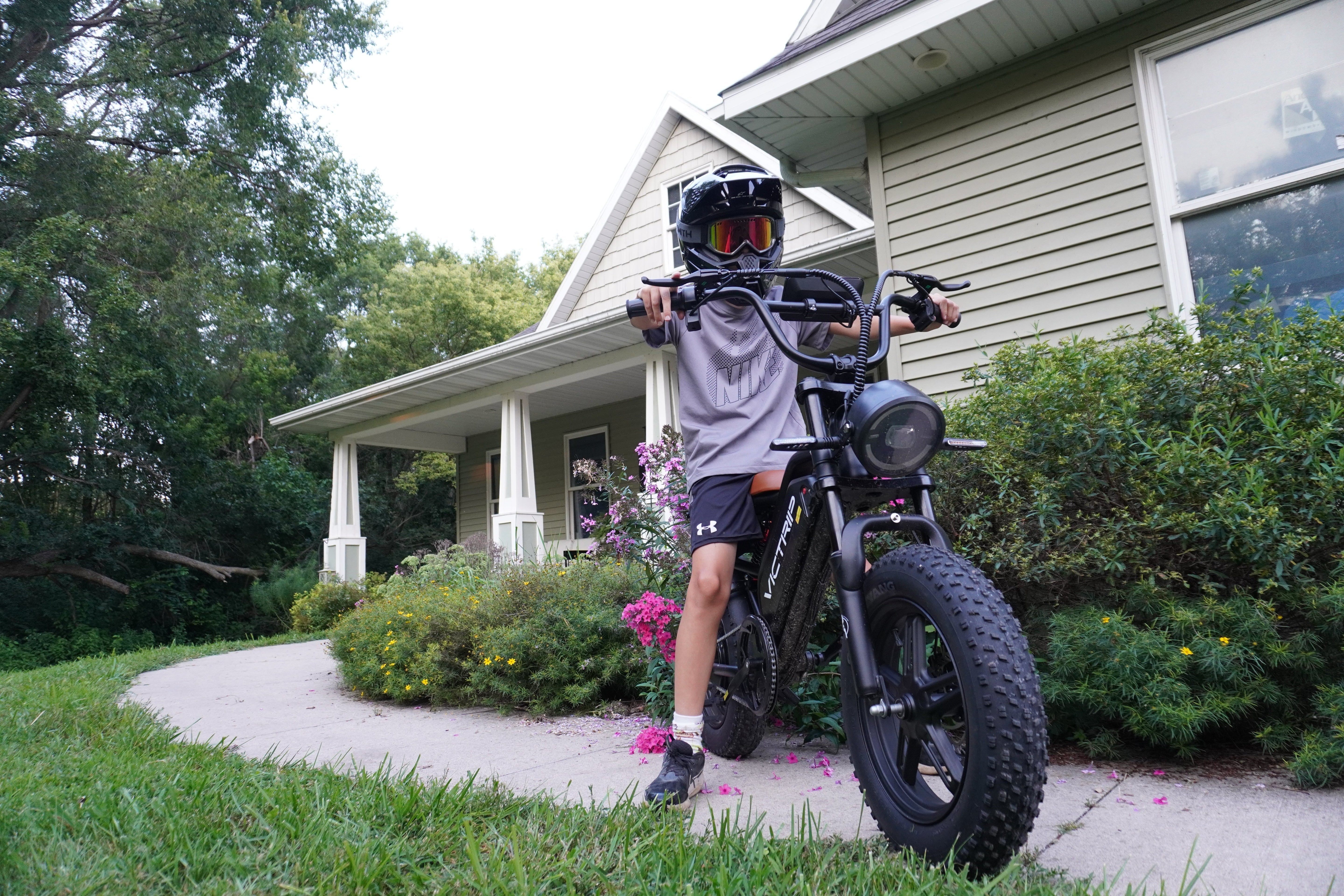
Electric bikes have rapidly transformed urban commuting, leisure cycling, and even outdoor adventures. Among the most debated choices for riders is whether to go for a pedal assist electric bike or a throttle-controlled e-bike. Both systems deliver motorized support, but the way they provide that assistance—and the riding experience they create—are entirely different.
The decision isn’t just about speed or effort; it’s about matching the bike to your riding style, local laws, and physical comfort. In this guide, we’ll break down how each system works, compare their benefits, and give you the 7 key factors to help you decide which one fits your needs.
Understanding Pedal Assist: How It Works
Pedal assist, also known as PAS, activates the motor when you pedal. The system uses sensors—either cadence sensors or torque sensors—to detect your movement and apply a proportional boost.
When you push the pedals, the motor engages to complement your effort. This creates a natural cycling feel but with much less strain, especially uphill or over long distances.
Types of Pedal Assist Systems
-
Cadence-based systems – Trigger motor power based on pedal rotations, offering steady assistance regardless of force.
-
Torque-based systems – Adjust motor output according to how hard you pedal, offering a more intuitive and responsive ride.
-
Hybrid systems – Combine both cadence and torque sensing for optimal control.
Read More: What Is Pedal Assist (PAS) and How Does It Work?
Benefits of Pedal Assist E-Bikes
-
Natural riding feel closer to traditional cycling
-
Better battery efficiency since power only engages while pedaling
-
Promotes physical activity and cardio fitness
-
Compliant with more e-bike regulations in many countries
-
Great for long-distance rides with consistent support
The VICTRIP TItan S combines pedal assist with a half-twist throttle, giving you the best of both worlds—efficiency when pedaling and instant power when needed. It’s perfect for riders who want fitness benefits but still appreciate the convenience of throttle control for steep climbs or quick starts.
Understanding Throttle E-Bikes: How They Work
Throttle e-bikes operate more like a scooter or motorbike. Instead of pedaling, you simply twist a grip or press a thumb lever to engage the motor. This allows you to accelerate instantly without pedaling at all.
Types of Throttle Controls
-
Twist throttle – Similar to a motorcycle grip; twist to accelerate.
-
Thumb throttle – Press down with your thumb for variable speed control.
-
Trigger throttle – Pull a lever-style trigger to engage motor power.
Benefits of Throttle E-Bikes
-
Effortless riding—ideal for rest or recovery
-
Instant acceleration without waiting for pedal input
-
Great for stop-and-go traffic in urban areas
-
Perfect for people with mobility limitations
-
Fun, scooter-like experience
The VICTRIP R6 Off-Road eBike features full throttle control, making it a powerhouse for adventurous off-road riding. With no need to pedal, it’s perfect for rugged trails, sandy beaches, or times when you just want to cruise effortlessly.
TOP PICK

VICTRIP®R6 Off Road Ebike
Side-by-Side Comparison: Pedal Assist vs Throttle
| Feature | Pedal Assist | Throttle |
|---|---|---|
| Motor Activation | Pedaling triggers motor | Hand control triggers motor |
| Riding Effort | Requires pedaling | Can ride without pedaling |
| Battery Life | Generally longer | Shorter due to constant motor use |
| Speed Control | Pedal cadence & force | Throttle pressure |
| Regulatory Approval | More widely accepted | May be restricted in some regions |
| Fitness Benefit | High | Low to moderate |
Power Delivery and Riding Feel
Pedal assist feels more organic and engaging, while throttles provide instant power without effort. If you want a workout, PAS wins. If you want convenience, throttle takes the crown.
Speed and Acceleration Differences
Throttle bikes generally provide faster off-the-line acceleration, while pedal assist bikes can maintain consistent speeds more efficiently over long rides.
Range and Battery Efficiency
Pedal assist bikes typically travel farther on a single charge because the rider contributes more effort. Throttle-only riding can drain the battery faster, especially at high speeds.
Maintenance and Durability
Both systems have similar mechanical upkeep needs, but throttle components may wear faster due to frequent high-power use.
Legal Regulations and Restrictions
Some regions ban or limit throttle use for safety reasons, whereas pedal assist often remains unrestricted. Always check local e-bike laws before buying.
Which Is Better for Commuting?
If your commute involves traffic lights and frequent stops, throttle offers quick restarts and less fatigue. However, pedal assist provides better range and exercise benefits, making it ideal for medium to long commutes.
Which Is Better for Leisure and Fitness?
Pedal assist shines for recreational riders who want to stay active. The extra boost allows longer rides without exhaustion, making it perfect for fitness enthusiasts and weekend explorers.
Cost Differences and Value for Money
While both systems range widely in price, throttle bikes may have higher battery replacement costs due to increased power drain. Pedal assist bikes can be more economical in the long run.
Environmental Impact of Both Systems
Both reduce carbon emissions compared to cars, but pedal assist maximizes energy efficiency, lowering environmental impact further.
Safety Considerations for Pedal Assist and Throttle Bikes
Throttle bikes can accelerate suddenly, so inexperienced riders must use caution. Pedal assist offers a smoother learning curve but requires situational awareness in traffic.
Expert Tips for Choosing Between the Two
-
Consider local laws—restrictions may influence your choice.
-
Assess your fitness goals—do you want exercise or pure convenience?
-
Think about range—long rides benefit from PAS efficiency.
-
Test ride both types before deciding.
-
Evaluate terrain—hilly routes benefit from PAS torque sensors.
-
Check battery specs for endurance and replacement costs.
Conclusion
Choosing between pedal assist electric bikes and throttle e-bikes comes down to your riding style, fitness goals, local laws, and budget. If you want a natural cycling experience with efficiency, go for pedal assist. If convenience and zero-effort riding are your priorities, throttle may be the better fit.
Whether you pick PAS, throttle, or a combination of both, the important thing is that you’re choosing a sustainable, enjoyable, and efficient way to travel.
FAQs
Which type is better for long-distance rides?
Pedal assist is generally better due to improved battery efficiency and reduced fatigue.
Can I have both pedal assist and throttle on one e-bike?
Yes, many models combine both systems, giving you flexibility.
Do pedal assist bikes require more maintenance?
Not significantly—maintenance mostly depends on the bike’s mechanical components.
Are throttle bikes legal everywhere?
No, some regions restrict or ban throttles, especially for higher speeds.
Which is safer for beginners?
Pedal assist offers a gentler learning curve, but both can be safe with proper training.
How do I extend the battery life for both types?
Avoid riding at maximum power all the time, keep the battery charged between 20-80%, and store it in a cool, dry place.




Share:
Why Electric Bike Trailers Are Perfect for Camping Trips?
Electric Tricycles for Seniors: Why They’re a Perfect Choice?